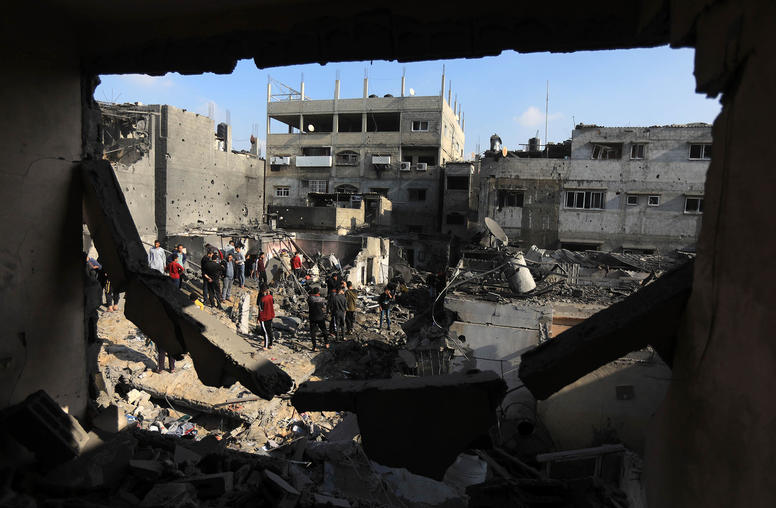Jews and Palestinian Arabs in Israel: Concord or Conflict?
Dr. Sammy Smooha—a USIP Jennings Randolph Senior Fellow who has been studying and conducting public opinion polls on Arab-Jewish relations in Israel since the 1970s—will present two different sets of representative survey data for the years 1976-2009 and 2003-2009.
The 1.1 million Palestinian-Arab citizens constitute 17 percent of Israel's population. Scholars, media analysts and policymakers see them as a radicalizing minority. The Arabs view Jews and Israel as becoming ever more intransigent, exclusionary and unresponsive. There is a widespread fear that these clashing views could lead to a violent confrontation.
To discuss this timely issue, Dr. Sammy Smooha—a USIP Jennings Randolph Senior Fellow who has been studying and conducting public opinion polls on Arab-Jewish relations in Israel since the 1970s—will present two different sets of representative survey data for the years 1976-2009 and 2003-2009.
Speakers:
-
Dr. Sammy Smooha, SpeakerJennings Randolph Senior Fellow, U.S. Institute of Peace
-
Dr. Shibley Telhami, DiscussantAnwar Sadat Chair for Peace and Development, University of Maryland
-
Dr. Andreas Wimmer, DiscussantJennings Randolph Senior Fellow, U.S. Insitute of Peace
-
Dr. Chantal de Jonge Oudraat, ModeratorAssociate Vice President, U.S. Institute of Peace



